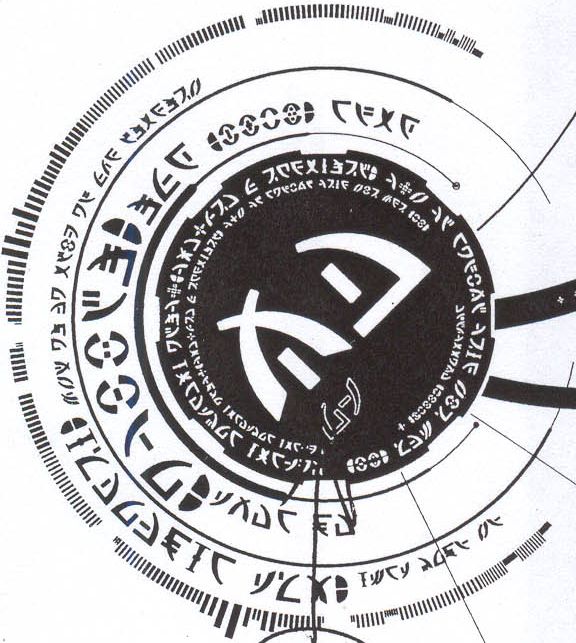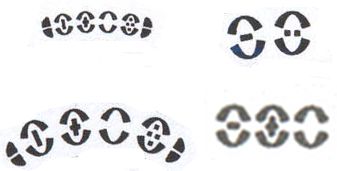Why, lookie here. An eBay trader is selling a $999 crystal ball allegedly from a boarded-up Voodoo family estate. It says here that the ball was manufactured according to the “alchemic recipe” given in “Apocalypsis spiritus secreti” (by the Venetian Giovanni Battista Agnelli, a book best known from its 1623 printed edition, but John Dee owned a copy too).
And if that alone is not enough to get you wrench open your chequebook against your will, you’ll be signing cheques in your own blood by the time you’ve read the next bit, just in time for Christmas delivery (of course):-
They name Wilfrid Michael Voynich along with his London & New York book shops as being the source of & a number of text & artifacts [in this estate] which their financial records corroborate. They name him as being “met and turned” in Italy in 1898 & apparently had dealings with him until his death in 1931, and with his wife until the time of her demise 1960, whom by the way, they claim “was known to us prior to their marriage”. The timeline makes this LiDiex no more than eleven years old at the time of his “turning”. They name Voynich as their intermediary with the Jesuits of Villa Mondragone in 1912. Their journal entries concerning the “Black Robes” as they refer to the Jesuits & their acquisition of “ancient devices and texts” span decades & a number of articles from this estate have such attributes.
The “LiDiex” is some kind of multi-generational voodoo craftsman, in case you’re wondering. Continuing…
They claim this sphere is, “one of the fifty three made for our Mistress’ use by alchemic recipe contained in the text”, pertaining to their copy of a 16th. century text titled, the Apocalypsis spiritus secreti, by Giovanni Baptista Agnelli, obtained by the Jesuits that allegedly belonged to a John Dee in the 16th. century & obtained by them in 1912. Here again we urge you to research the names mentioned here.
The 1888 LiDiex “under guise” is alleged to have accompanied Voynich to Villa Mondragone in 1912 where he gained access to items in the Jesuit’s possession. Some were purchased, but others were stolen, such as two crystal spheres that had once been the possessions of John Dee which they burgled, replacing them with glass.
John Dee, Wilfrid Voynich, Villa Mondragone, Jesuits, alchemy, Agnelli, LiDiex, crystal balls? Fabulous, amazing, incredible… nonsense, I suspect. Caveat lector, never mind caveat emptor. But make up your own mind!


